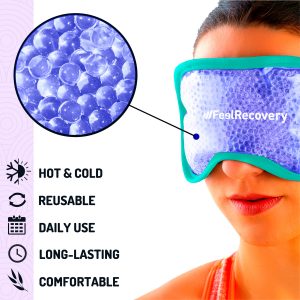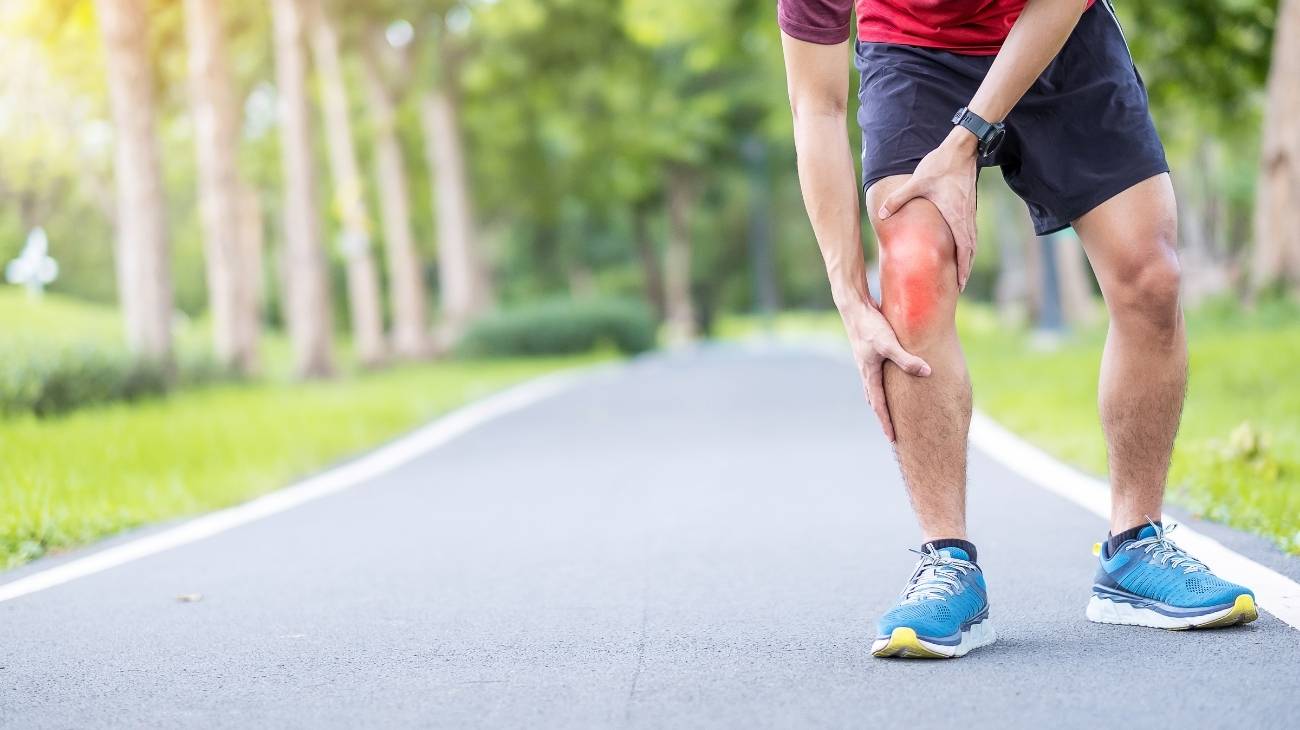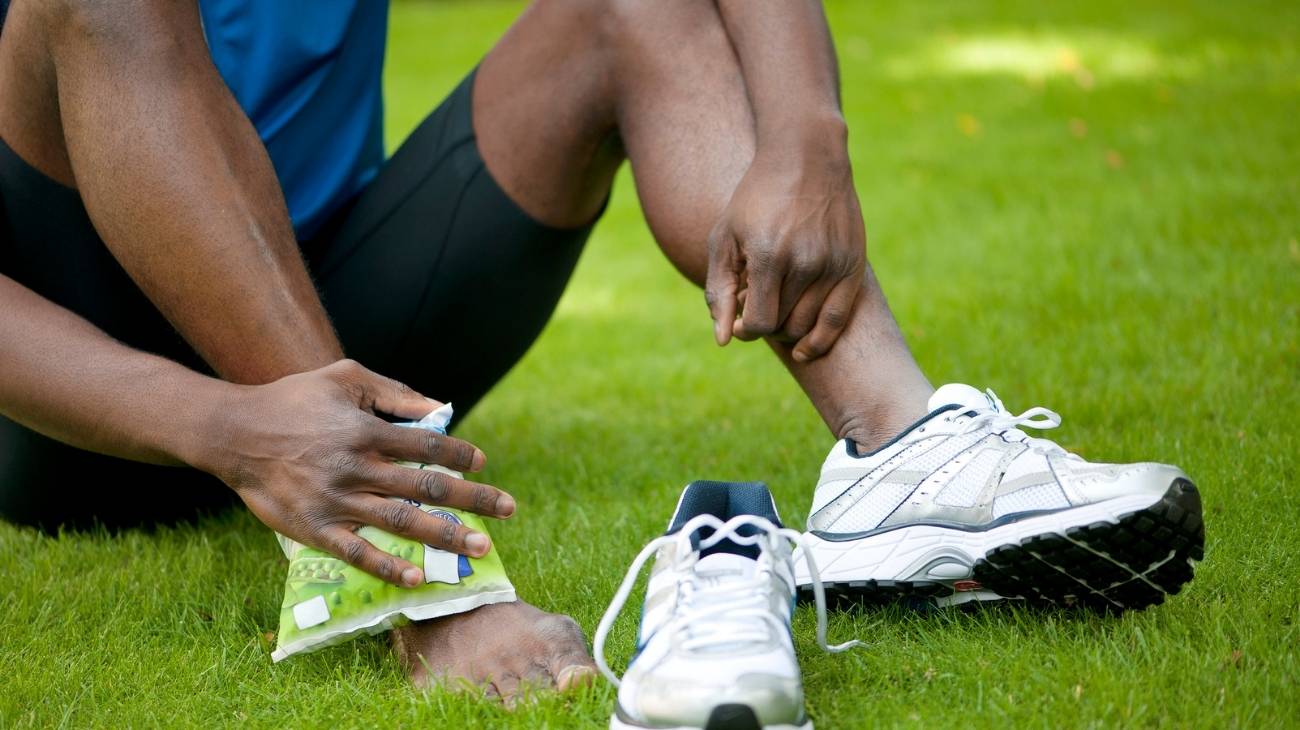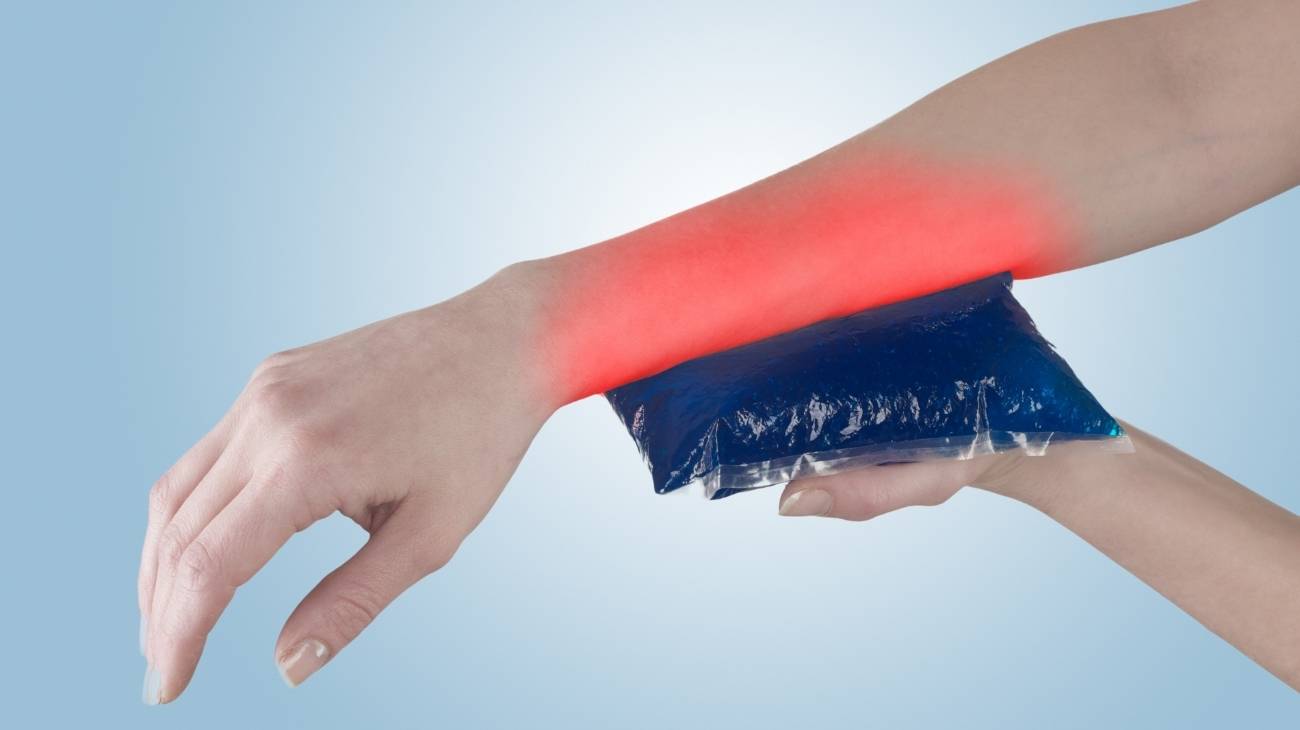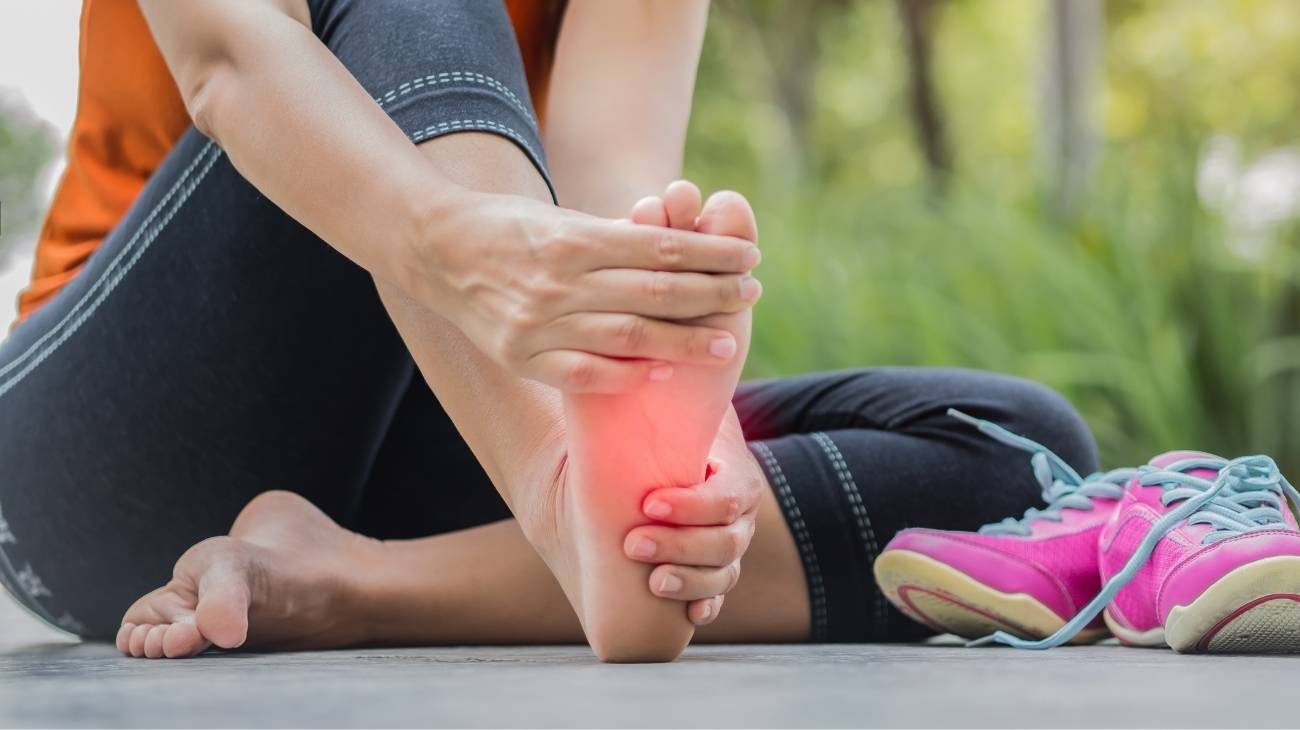If you have suffered a fracture, you know very well how painful this type of injury is. A broken bone can be very traumatic for the patient and must be treated following the appropriate procedure. Fortunately, today we will talk to you about first aid to be practiced in case of a fracture.
Also, about how to use hot and cold gel packs to relieve pain from broken bones. Without a doubt, a very effective therapy due to its analgesic and anti-inflammatory effects. Let's get started!
What first aid measures should be taken when a bone is broken?
A fracture is an injury that involves the breaking of a bone. It usually occurs when the bone is stressed more than it can bear, although it can be caused by bone diseases. It can be closed (without the bone going through the skin) or open (with a concomitant wound of the skin).
We will now explain the main first aid measures in the event of a fracture:
Assessment of the patient
It evaluates the individual's breathing, circulation and state of consciousness. Is there any respiratory or cardiac failure? Is there bleeding? Also, you should ask the injured person if he feels pain, any kind of sensation or if he has mobility. Although, our recommendation is that you avoid mobilisations during the diagnostic phase to avoid greater risks in the injury.
You will have to call the emergency services for help if you do:
- The vital signs of the affected person are seriously compromised. If the person is not breathing or if their heart is not beating, perform CPR.
- Serious bleeding occurs.
- Any small movement or pressure generates
- There is deformation in the affected area.
- The bone has broken through the skin.
- The end of the arm or leg is numb or bluish.
- There is a suspected fracture of the head, neck, or back.
- The person loses mobility in his or her extremities or feels pain in the neck or back. If so, it may be assumed that the spinal cord has been fractured. In such a case the head, neck and trunk should be kept exactly in the position in which they were found. When lifting the body of the affected person, the head, the middle section and the legs should be moved simultaneously.
Stop the bleeding
It is important to stop the bleeding generated by the fracture. To do this, you must apply pressure to the injured area using sterile gauze or a clean cloth.
Also, these aspects must be kept in mind:
- If blood leaks through the cloth, you must put another one in and continue to apply pressure.
- Raising the wound above the heart helps control bleeding.
- You must wrap the affected area with enough pressure to control the bleeding but avoid moving the bone, as this could cause more damage.
- If the blood is bright red and pulsating, it can be assumed that an artery has been affected. But, if the bleeding is reddish-blue, continuous and weak, it should come from a vein.
- If the bleeding does not stop, apply a tourniquet, as long as you know how to do it correctly. However, this method is used as a last resort, as it completely stops the circulation.
Immobilising the wound
If you are able to immobilise the wound and do not have professional help, you should splint the affected area. To do this, use some rigid material (folded sheets or towels, magazines, splints...) and secure it with adhesive tape, bandages or similar.
Bear in mind that:
- You must not align the bone or put it back as this could be harmful.
- The tether must support the splint but also allow for circulation. If you notice that your fingers or toes become numb, pale or cold, loosen them a little.
- You should not place the tether just over the fracture.
- You can also immobilise an arm using a sling made from a large handkerchief, scarf or shirt.
- If the fracture is near a joint, immobilize the two bones adjacent to it.
Apply cold and elevate the wound
Apply cold to the affected area to reduce inflammation and relieve pain if the injury is recent. If applied within the first 48 hours the blood vessels will close and the local temperature will drop. Thanks to this, the blood supply will be reduced and the agents that generate inflammation, consequently there will be a progressive relief of pain.
If you decide to apply ice you should wrap it in a towel or cloth before placing it on the skin, thus avoiding any burns or damage to the skin. Our recommendation, is to use a gel pack for cold and heat that is easier and more comfortable to use.
Although the cold alone can be quite a lot, sometimes it is not enough to reduce the inflammation completely. To reduce the swelling it is also advisable to elevate the wound higher than the heart if possible.
Bestseller
-
Gel Eye Mask for Puffy Eyes (Gold/Black)
£9,95 -
Gel Eye Mask for Puffy Eyes (Orange/Pink)
£9,95 -
Gel Eye Mask for Puffy Eyes (Purple/Turquoise)
£9,95 -
Ice Pack for Foot - Cold Therapy Socks (Black)
£21,95 -
Ice Pack for Foot - Cold Therapy Socks (Green)
£21,95 -
Ice Pack for Foot - Cold Therapy Socks (Pink)
£21,95
What are the advantages of applying cold to reduce pain after suffering a bone fracture?
In cryotherapy, cold is applied for therapeutic purposes, which is why it is widely used to treat injuries to the locomotor system such as fractures. In fact, contact with low temperatures can combat pain, inflammation and bleeding.
Below, we show you the main advantages of applying cold to a fracture:
- Anti-inflammatory effect: The cold is able to reduce the inflammation of the tissues caused by injuries such as fractures. Low temperatures cause vasoconstriction and a decrease in the metabolism. This generates a decrease in vasoactive substances which reduces the inflammatory response of the organism and decreases swelling.
- Reduction of pain: The cold can numb the nerves, reducing the pain associated with injuries such as fractures. This is due to a mechanism that partially or totally blocks the transmission of nerve impulses from the nociceptors (pain receptors) to the central nervous system. Cold is even capable of numbing an irritated nerve.
- Vasoconstriction: The application of cold results in the constriction of blood vessels or vasoconstriction and therefore a decrease in blood circulation. It is a thermoregulation process generated by the sympathetic nervous system when stimulated by low temperatures. Specifically, vasoconstriction generates an increase in pressure and viscosity in the blood as well as a decrease in plasma volume, which increases the work of the heart. In this way, it helps to stop or inhibit haemorrhages so it is extremely beneficial in case of fracture.
How can ice gel packs be used to reduce inflammation in the area where the fracture has occurred?
Cold gel packs are ideal for relieving pain and inflammation resulting from injuries such as fractures. They are packs filled with a gel capable of reaching low temperatures and maintaining them for a long time.
But how do you use a cold gel pack to treat fractures? We'll show you how to do it below:
- It is important that the compress reaches the temperatures indicated by the manufacturer. In general, it is enough to put it in the freezer for 2 hours
- After this time, remove the cryotherapy gel pack and check that it is at the right temperature. If it is too cold, leave it in the open air to warm up a little, but if it is not cold enough, put it back in the freezer.
- Once it has reached the desired temperature, place it on the fracture carefully and without exerting too much pressure. Some of the cold gel pads we can offer you have compression tape to hold them in the corresponding area. It should be noted that our gel packs include a soft-touch cover to prevent any cold burns.
- It is recommended to apply the cold during the first 48-72 hours after the injury for 15 minutes every 2 or 3 hours. Although. Our recommendation is that you do 3 sessions of 10 minutes with breaks of at least 2 hours. Please note that excessive exposure to low temperatures can be harmful.
Don't forget that cold is contraindicated in people who suffer from cold allergies, diabetes, cardiovascular, renal and visceral diseases, among others. Just follow these recommendations and you will be able to use the cold gel packs to relieve the pain of fracture. Now, remember that it is always necessary to ask for medical help to treat the injury properly.






